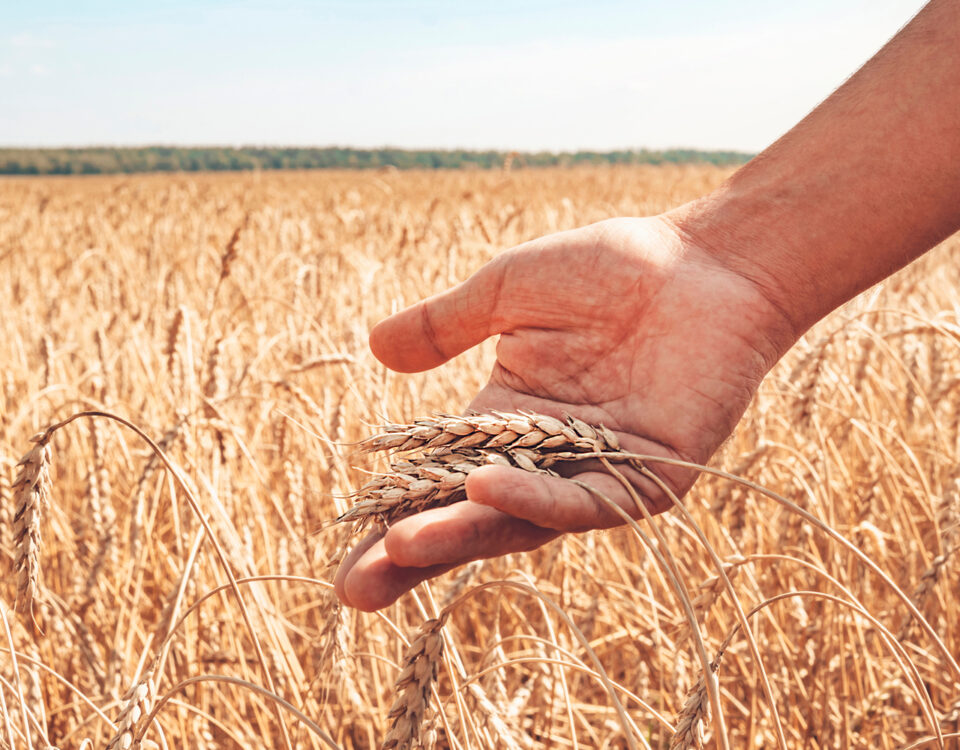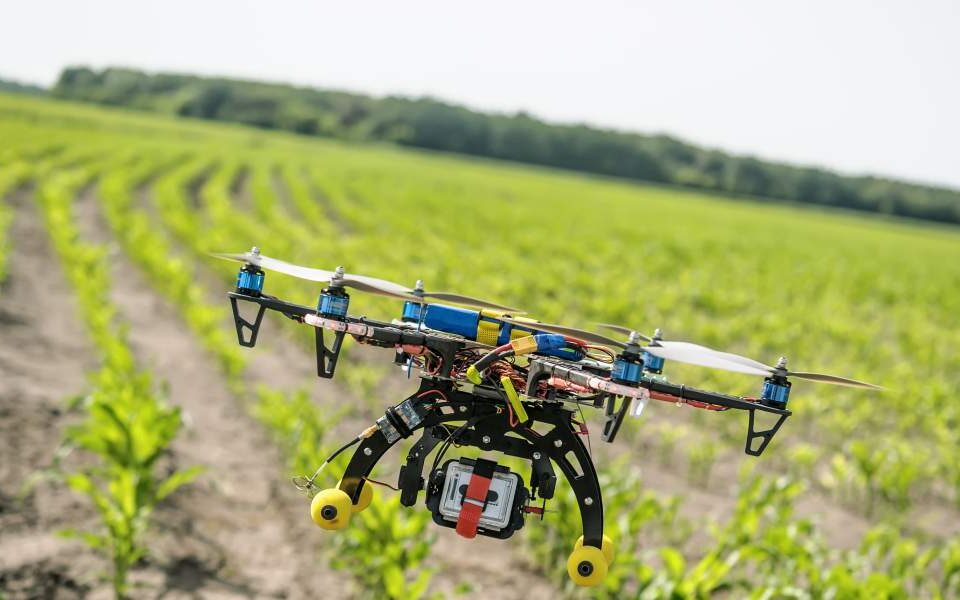
Essential Tips for Successful Tomato Cultivation
August 2, 2024
Innovative Techniques in Modern Onion Cultivation
August 3, 2024The Importance of Soil Testing in Agriculture
Soil testing is an essential practice for any farmer or gardener who aims to improve crop yields and maintain soil health. As soon as we know what is lacking in our land we reduce the productivity. By analyzing soil samples, farmers can understand their soil’s nutrient content and pH levels, enabling them to make informed decisions about fertilization and soil amendments. This blog will explore the benefits of soil testing, the latest techniques and equipment available, and practical tips for conducting soil testing. With which the farmers will get help in planting their crops and they will be successful in their hard work.
Understanding Soil Composition
Soil contains various minerals, organic matter, water and air, all of which play an important role in plant growth. By which the plant succeeds in its life cycle and the farmer gets a reward. The basic nutrients required by plants include nitrogen (N), phosphorus (P), and potassium (K), commonly referred to as NPK. Along with secondary nutrients such as calcium, magnesium and sulphur, trace elements such as iron, manganese, zinc, copper and boron are also important for plant health. By which they stay healthy by which they give their good production in their time period. Soil testing helps identify nutrient levels and soil pH that affect plant nutrient availability. Which benefits the plants.
Latest Soil Testing Techniques and Equipment
Modern soil testing technology has developed significantly, allowing plants to be more accurately analyzed. Offering more accurate and faster results. Some of the latest equipment includes:
- Aries Electronic Soil Testing Kit: A portable and handheld device that uses infrared spectroscopy and AI/ML to provide instant results for nitrogen, phosphorus, potassium, organic carbon, and more.
- .LaMotte Agricultural Soil Testing Kits: These kits use colorimetric tests and turbidity measurements to determine pH, nitrates, phosphorus, potassium, calcium, sulfate, and chlorides. They come with detailed instructions and a soil management handbook.
- SGS Pakistan Soil Testing Services: Provides comprehensive soil sample testing for nutrients and physical properties, offering reliable and accurate data to optimize crop yields.
Benefits of Regular Soil Testing
Regular soil testing offers numerous benefits to farmers:
- Optimal Fertilizer Use: Knowing the exact nutrient content of the soil helps in applying the right amount of fertilizer, reducing waste and cost.
- Improved Crop Yields: Balanced soil nutrients lead to healthier plants and better yields.
- Environmental Protection: Prevents over-fertilization, which can lead to nutrient runoff and environmental pollution.
- Soil Health Management: Helps in maintaining long-term soil fertility and structure by identifying and addressing deficiencies early.
Conducting Soil Tests: Tips and Best Practices
Conducting soil tests involves several steps to ensure accurate results:
- Sample Collection: Collect soil samples from different areas of the field to get a representative sample. Use a clean, stainless-steel shovel or soil probe.
- Sample Preparation: Dry the soil samples at room temperature and remove any debris like roots or stones.
- Testing Procedure: Follow the instructions provided with your soil testing kit or send the samples to a professional lab.
- Interpreting Results: Use the results to make informed decisions about fertilization and soil amendments. Consult with agricultural extension services if needed.
Conclusion
Soil testing is an important part of modern agriculture, enabling farmers to manage their soil health effectively and sustainably. By which it is known what is needed in the soil with which the crop can increase its production. By using modern soil testing techniques and tools, farmers can ensure better crop yields and long-term soil fertility. Regular soil testing, along with best practices in sample collection and analysis, provides valuable insights that contribute to successful farming practices.
This blog has taken some from the Different Websites and some I have written on soil fertility and seed garment and crop product agriculture development and presented there.
to read more agriculture related blogs on the website Click here.





